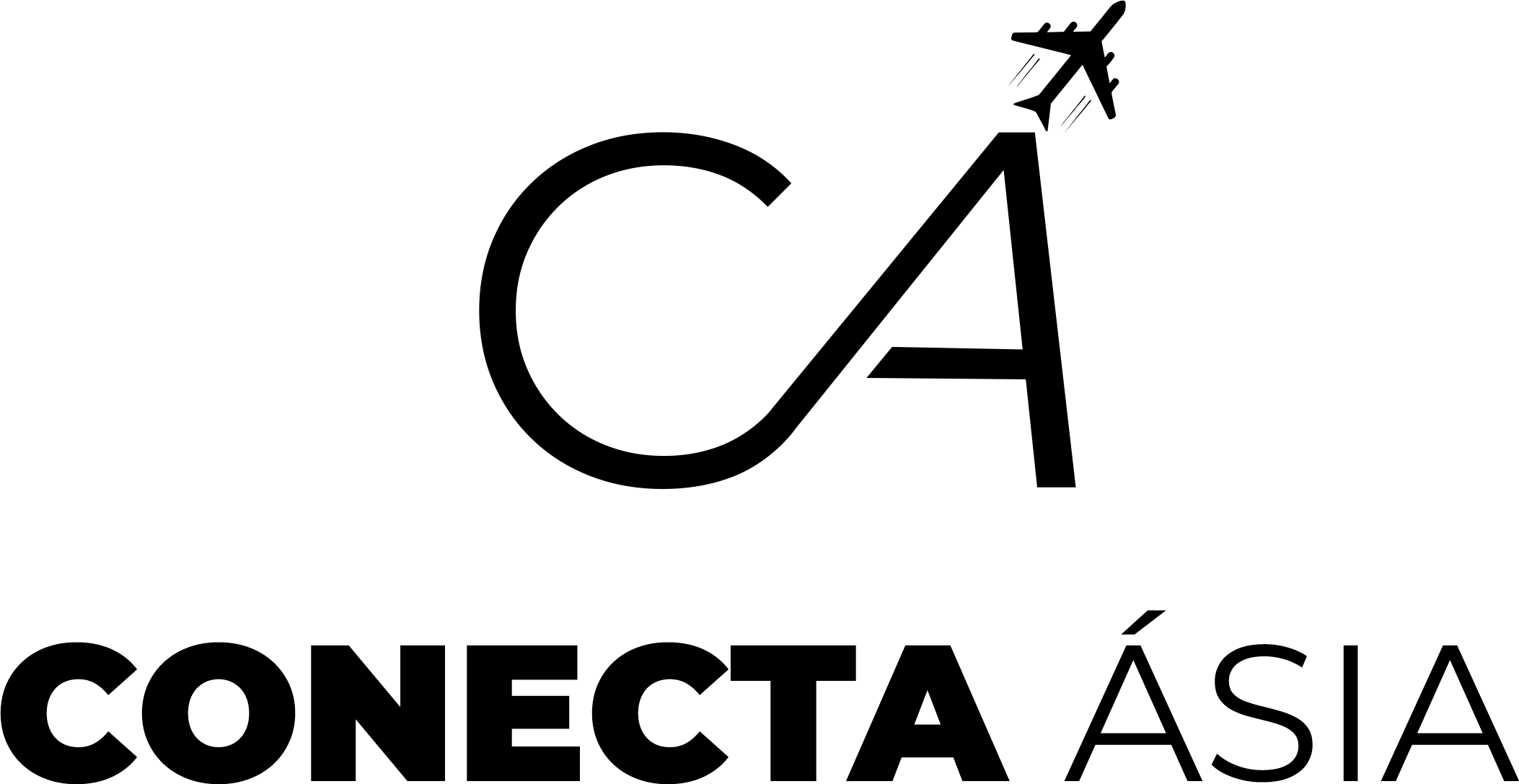Coffee with less (or no) sugar?
The habit of having a coffee after lunch, sweetened, is common for millions of people every day. However, government regulation and fluctuations in sugar prices can directly influence this deeply rooted behavior in many crops.
It has become increasingly common for governments to impose taxes on sugary drinks as a way of reducing consumption, based on arguments aimed at combating obesity and other diseases linked to excessive sugar consumption.
The relationship between coffee, sugar and changes in eating habits
This type of regulation can be compared to what happened with coffee itself throughout the twentieth century, when its global consumption increased dramatically. This has led to attempts at control through regulations and taxes in order to standardize their quality and, in certain contexts, restrict their use.
This connection between coffee and sugar exemplifies how market trends and public policies directly affect the population’s eating habits.
Just as coffee has come to be widely discussed about its health effects, sugar is also at the center of global debates involving nutrition, public health and economics.
Cultural aspects, marketing strategies and regional economic contexts should also be considered. Coffee, for example, is a symbol of sociability in many countries – especially in Brazil. Sugar, although associated with pleasure, represents a greater challenge for regulation, precisely because it is present in a wide variety of products and has strong emotional appeal.
The global sugar market and production trends
The current equation is complex. Data released in 2024 by the United States Department of Agriculture (USDA) estimates that world sugar consumption should reach 178.8 million tons in 2024/25, compared to 177.33 million tons in 2023/24.

Global production and consumption
This growth is accompanied by significant changes in the main producing regions, as the USDA report shows:
India: production is expected to grow 500,000 tons, reaching 34.5 million tons. Of this total, about 4 million tons must be redirected to the production of ethanol fuel.
Thailand: second largest global exporter after Brazil, the country should increase its production by 18%, reaching 11.2 million tons. Growth is driven by crop recovery and the increase in total recoverable sugar level (ATR).
European Union: with a larger crop of beets, the region can reach almost 18 million tons, 3 million being exportable.
Adding to the Brazilian production, which should reach 39 million tons, and other producing countries, a global surplus of approximately 1.7 million tons is expected.
Impact of climate change on supply and demand
Climate change directly affects sugar production, interfering with harvests and product availability. This creates uncertainties throughout the value chain, from farmers to distributors and investment funds.
Global market operators, including commercial and speculative funds, closely monitor these impacts to adjust their strategies, seeking to anticipate possible scenarios of deficit or oversupply.
In addition, producers themselves often choose the best time to market their stocks, which also influences the levels of supply on the market.
Connects Asia’s vision
At Conecta Asia, we closely monitor the movements of the global sugar market and their implications for international trade. We believe that understanding these changes is essential to help our partners make strategic decisions, minimizing risks and taking advantage of opportunities in an increasingly dynamic scenario.
